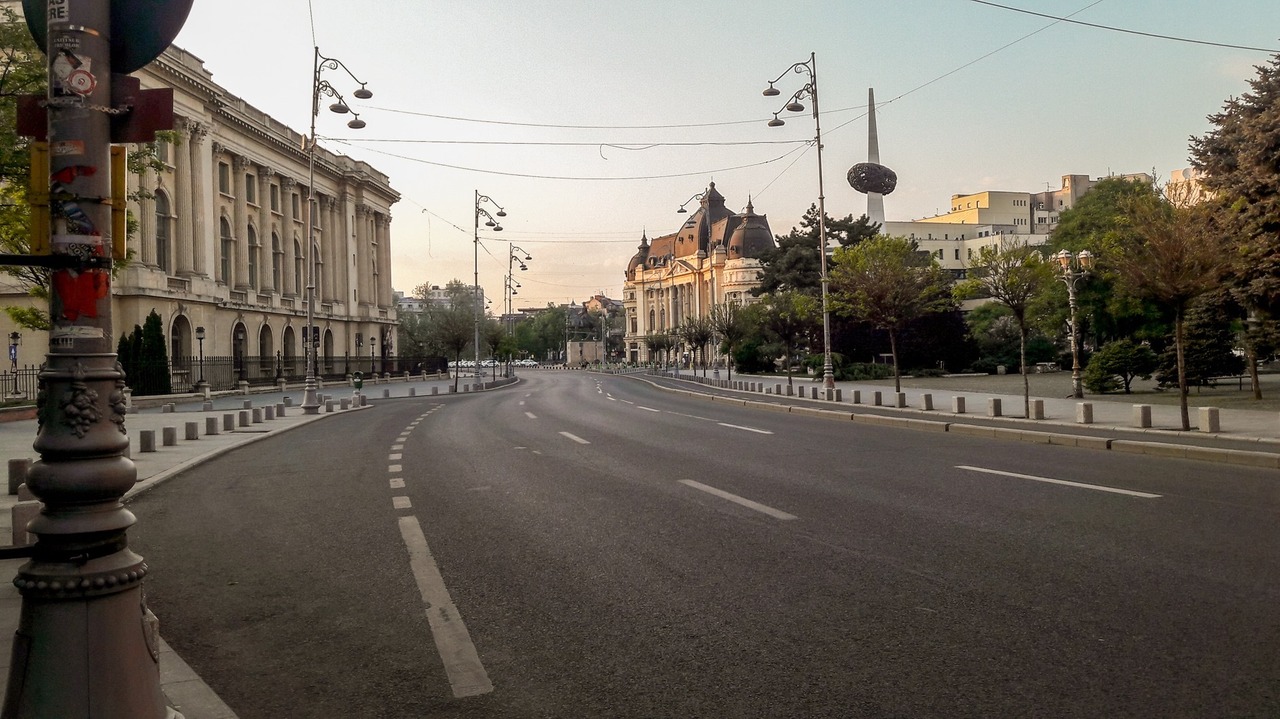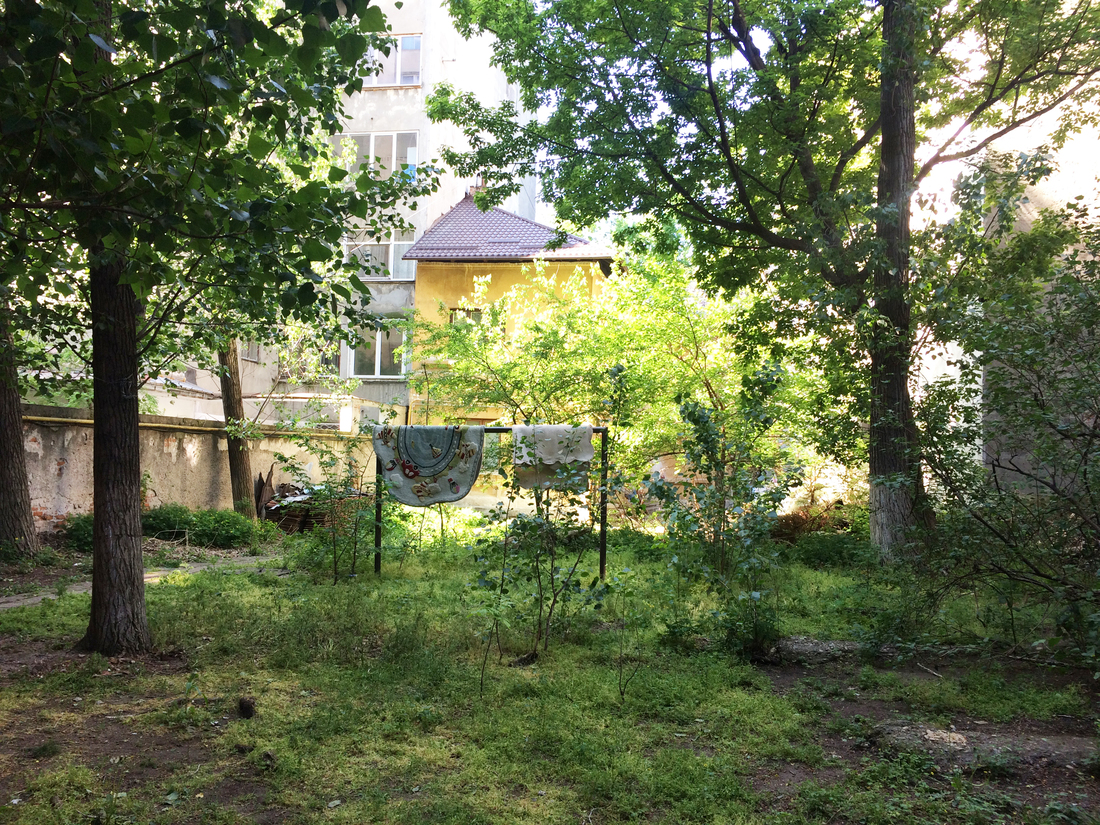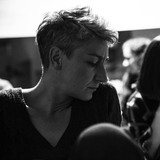It is so strange to not hear a single airplane for weeks. It is strange to be surprised by the sound of a helicopter. It is strange to hear silence from afar, to spend time in the middle of the night, in front of the open window and just listen to silence… beautiful silence. Beautiful, tall and healthy silence. Yes, it took so long to clean my ears and yet…
The day-by-day evolution of my sonic perception, more of a feeling than a measure of things, made me pass from the deafening stress tension of the first couple of weeks, to a growth of sensitivity that made birds seem almost too loud, and later to a calm pleasure of the detail, natural or human. And what a great season we have to enjoy this unique quietness… Due to their experience with listening, the sound recordists seem to be more perceptive to the change and have the ability to focus their ears to longer distance. “We can hear a subtlety of life around us that we haven’t heard in a long, long time”, explains soundscape ecologist
Bernie Krauss, who developed the notion and the understanding of the
biophony, a niche hypothesis stating that the living organisms which produce sounds are adapting to specific frequencies by dividing between them the range of frequencies in order to communicate properly. This is one of the theories that might explain why, in urban environments, birds sing louder, on a different scale, or simplify their song or create a new one. It is specific to birds that are learning the songs from their elders, being also those who adapt more easily to the sonic environment.
The analysis of the birds’ sounds is only a small part of the more or less scientific material that is published online these days. We have access to numerous recordings of birds’ songs, especially the rare or uncommon species. We can read a lot about the use of this exceptional traffic noise reduction in the observation of marine life... But by far, the most popular addition to the sound realm of these days is the recrudescence of the papers addressing the soothing effect of the natural sounds. Usually they appear in the form of long recordings of rather spectacular sonic environments: whales, waves, dawn chorus, rain, wet forests, and the discourse turns around self-help rhetoric. But if we take away the photo wallpaper form of this kind of material, what is deeply true and also very interesting is the undoubtedly calming effect of the natural sounds. Even if it is exotic or not associated with a personal experience. Something like the body memory. Silence or rather quietness, if not associated with a stressful context (deafness or imprisonment/forced isolation) is also known to reduce the effects of depression and anxiety. Given my line of work, my social media live feed is rather populated by recordings made by artists in more or less exceptional environments, but rarely “product oriented”. The artist’s ears, selection of time and space, choice of the tools, everything is subjective and resonant with a unique sensitivity and will.


